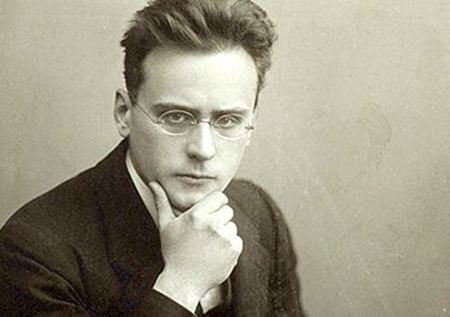For connoisseurs of exceptional wines, Opus One means only one thing. It’s the name of a winery in California, founded in 1980 as a joint venture between two great names in the wine trade: Robert Mondavi and Baron Philippe de Rothschild. Yes, he of the legendary Château Mouton Rothschild. Today they produce a single Bordeaux-style blend based on the Cabernet Sauvignon grapes grown in Napa Valley. Other traditional grapes such as Cabernet Franc and Petit Verdot are also used in the Bordeaux-style blend.

It’s a fabulous wine and as you might expect, it doesn’t come cheap. Neither do I for that matter. Six bottles of the much-lauded 2013 vintage will set you back just over two thousand dollars and they’re tastefully wrapped in high-quality tissue paper. The bottles are delivered in a pine wooden box which, if you have the time and inclination could be later chopped up and made into a xylophone.
The musical meaning of the word “opus” is rather less interesting but I’ll tell you anyway. The word comes from the Latin term meaning “work” or “labour” and is traditionally added to the title of a composition (or a set of compositions) to indicate the chronological position in the composer’s production.
From around 1800, composers usually assigned an opus number to a work when it was published. From about 1900 onwards, many composers gave their works opus numbers whether they were published or not. Alban Berg initially gave his works opus numbers and then stopped. Some composers never used them. Sergei Prokofiev on the other hand optimistically gave an opus number to a composition before he had even started writing it.
So when a composer assigns Opus 1 to a work, it means that it’s either his first publication, or the first work that he considers worthy of his name. Both the compositions this week were written within a few years of each other by students who were about the same age. One lived in Austria and the other in Russia but they were both destined to become internationally-known composers.
Webern was the composer of some of the most tense and terse music ever created but that was some years after he wrote this work in 1908. It’s a tonal piece with rich and haunting harmonies which at one moment seems to languish in the closing years of the nineteenth century and at another pushes the boundaries of tonality – hinting of things to come.
The passacaglia (pah-sah-KAH-lee-a) is a musical form that dates back to seventeenth-century Spain. It consisted of a short theme in the bass overlaid with a series of continuous variations. It became a fairly standard form which regained popularity among composers during the twentieth century. Webern’s passacaglia has twenty three continuous variations which are based on the hesitant pizzicato theme heard at the outset. This finely-crafted work shows remarkable individuality and has a sense of powerful drama within a framework of emotional complexity.
Because few of Webern’s compositions achieved commercial success, this one has remained his most performed and most readily understood work. He gave it the appellation Op 1, and thus acknowledged that the Passacaglia was effectively his graduation thesis. Significantly it was also Webern’s last piece for standard symphony orchestra used in a conventional way.
If your experience of Stravinsky is through works like The Firebird, The Rite of Spring or Petrushka, this symphony might take you by surprise. This is a genuine Op 1 in that it was the composer’s first publication, and amazingly his first composition for orchestra. It was written between 1905 and 1907 when he was a student of Rimsky-Korsakov. Stravinsky structured the symphony, which he dedicated to his teacher, on the well-established format of four movements, although he made the Scherzo the second movement rather than the third.
If you didn’t read the label, you’d probably guess that it’s an early symphony by Tchaikovsky or Glazunov and certainly shows strong influence of these composers. You might also pick up echoes of Rimsky-Korsakov, Borodin and even Wagner. But even though this wonderful symphony is steeped in the Russian romantic style you might pick out the unmistakable voice of the later Stravinsky. For example, at 16:48 there is a peek into the future as Stravinsky uses a melody that later plays an important role in Petrushka. At the end of the third movement there’s a tantalising glimpse of a work yet to come – The Firebird.
Right, that’s that. Now I can begin making my xylophone. I couldn’t manage two thousand bucks for the six bottles of Opus One Cabernet Sauvignon, but I scraped enough money together to buy the empty wooden box.
 |
 |
 |





